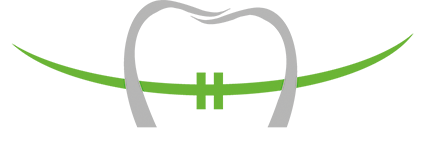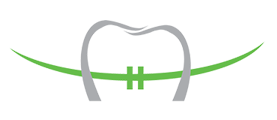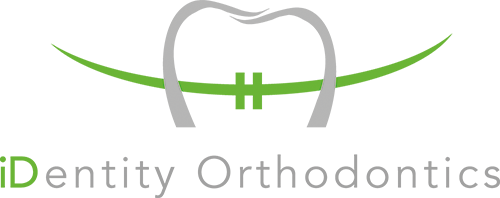Facial Orthopedics
One of the most common problems orthodontists are asked to treat is the discrepancy that occurs when the upper teeth protrude beyond the lower, or vice versa. Ordinarily when we see a patient with the upper teeth protruding, we tend to think that the upper jaw and teeth are too far forward. However, more often than not, ther condition is due to a small lower jaw that is further back that it should be.
Our practice uses various orthopedic appliances to reposition the jaws in harmony with the face. In situations where the patient is beyond the age of orthopedic correction, we will work closely with your family dentist and oral surgeon to ensure the optimal treatment approach is employed for ideal facial balance. It is our philosophy to treat to the optimal dental and facial aesthetic for our patients.


